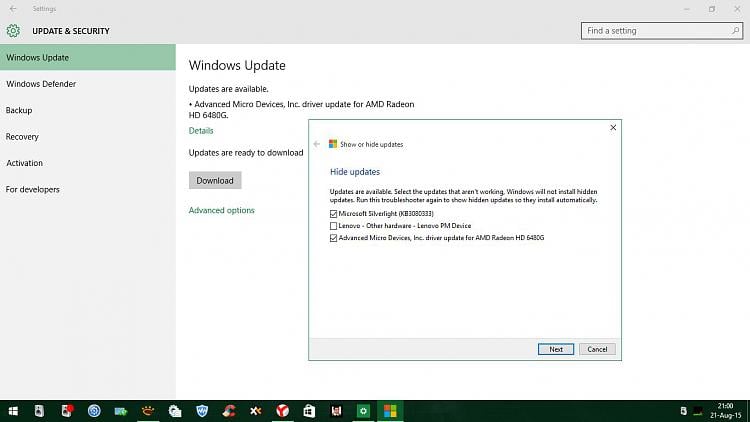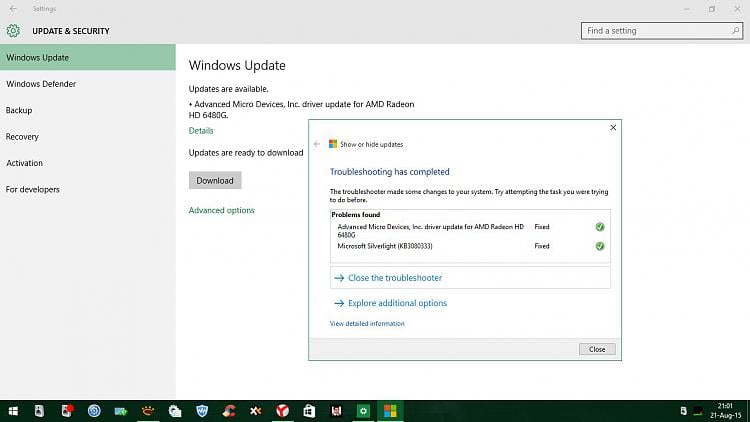

Inside the command prompt window, type the following command and press Enter, to view all the available drives on your system:Ĥ. At the Windows Language Setup screen press SHIFT + F10 to access command prompt, or click Next –> Repair your computer –> Troubleshoot –> Advanced Options –> Command Prompt.ģ. Boot your computer, from the Windows 10 installation media.Ģ. Revert Pending Actions by running the DISM tool in WinRE.ġ. Rename the "SoftwareDistribution" folder from the WinRE. Revert Pending Actions by running the DISM tool in WinRE. In this tutorial, I 'll show to you three methods to resolve the startup problems after updating Windows, by entering into the Windows Recovery Environment from a Windows installation media. (To find out which recovery key (function key) to press, look at your laptop's screen after Power On, or see the laptops' manual or find it from your laptop's manufacturer support page, or read this article: Laptops Recovery Instructions & Keys "F11", "F10", "F9", etc.), to access the Recovery options. Press the corresponding FUNCTION key, (e.g.

(If the "Repair your computer" option isn't listed, then you have to boot your computer from a Windows Installation Media.) In the Advanced Boot Options screen, use the arrow keys to highlight the Repair your computer option, and then press Enter. Press the " F8" key before the Windows logo appears.Ģ.

The symptoms of an unsuccessful update installation, are crashing or freezing problems, BSOD issues that cannot be fixed by Windows and causing the system to loop at the "Startup Repair" screen, or to display the error message: "Failure configuring Windows updates. Sometimes, during the installation of an update, Windows may fail to boot normally, because – for some reason – the installation of the update fails. In this tutorial you 'll find detailed instructions to resolve the following Windows startup issues on Windows 10, 8 or 7 OS: Windows cannot boot after installing updates or stuck during the update(s) installation and revert changes.


 0 kommentar(er)
0 kommentar(er)
